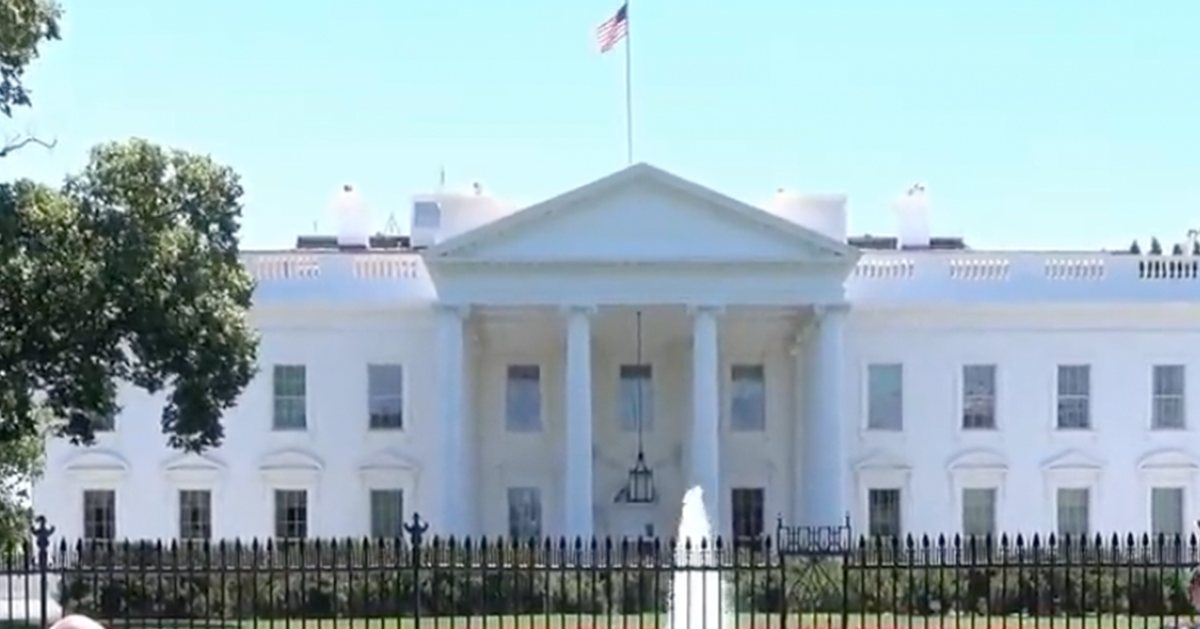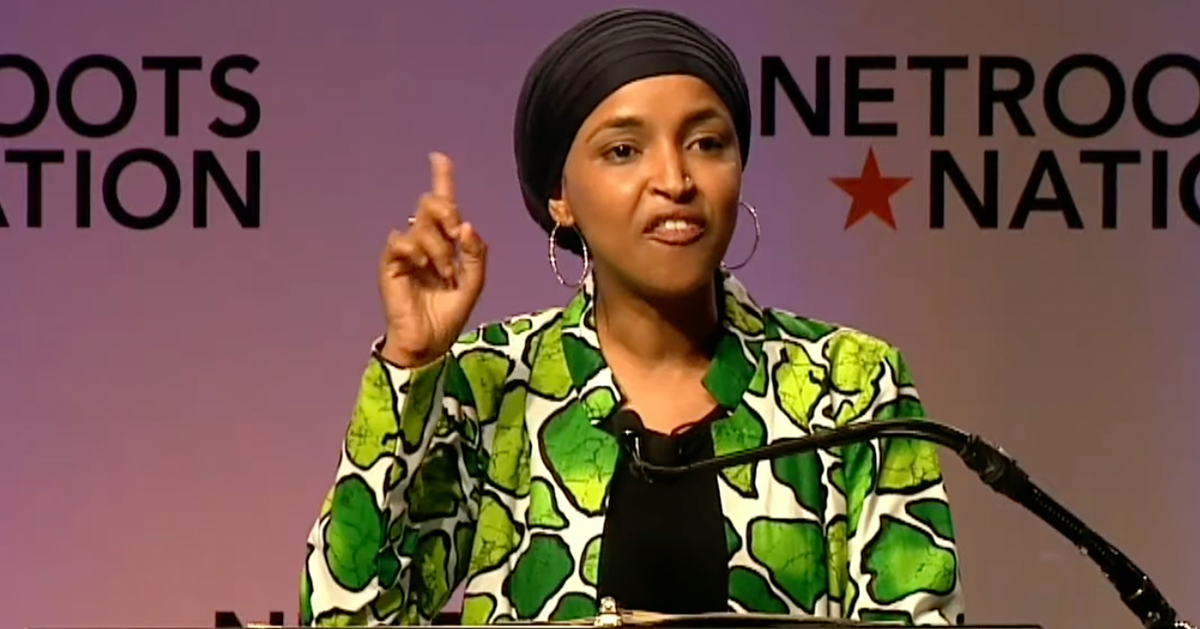Republican senators initiate push to dissolve Department of Education
In an unexpected move on Wednesday, Senate Republicans introduced legislation aimed at dismantling the Department of Education, following a directive from President Donald Trump.
The proposed Senate bill, certain to generate backlash from Democrats, seeks to eliminate the Department of Education within a year of enactment, with the intention of restructuring educational responsibilities and funding distribution across state and local levels, as Breitbart reports.
The legislation, titled the Returning Education to Our States Act, was reintroduced by Sen. Mike Rounds (R-SD), who has advocated for such measures previously. According to Rounds, this bill will dismantle an "oversized bureaucracy" and empower local entities.
This legislative push aligns with Trump’s longstanding view that education should not be dictated by federal authorities but instead be managed by individual states.
Bill's origins, explained
The U.S. Department of Education, which was established 45 years ago during President Jimmy Carter's administration, originally served to gather and offer school data and advise local education systems.
However, critics like Rounds argue it has outgrown its initially intended scope, imposing uniform policies nationwide that disregard local needs. By eliminating the agency, Rounds claims, there will be a $2.2 billion annual savings for taxpayers.
Sen. Jim Banks (R-IN) supports this initiative, expressing dissatisfaction with the current allocation of resources versus student outcomes. According to Banks, federal employees earn significantly more than teachers, yet test scores remain relatively low.
Key adjustments targeted
The plan not only suggests reallocating significant departmental functions but also proposes sending finances directly to states as block grants. This, according to Sen. Tim Sheehy (R-MT), would ensure funds are used more effectively at a grassroots level, rather than being lost in what he describes as a bloated federal system.
Trump has humorously referenced hopes for Secretary of Education Linda McMahon to the agency's last leader and oversee the department's closure. McMahon assumed responsibility for executing steps towards this restructuring after various internal changes, such as reducing established programs and cutting the workforce by 50%.
Implications of potential closure debated
Proponents of the bill, like Rounds, argue that the approach supports educational autonomy among states and local officials. They claim this will enhance responsiveness to specific community needs and stimulate potentially tailored educational innovations.
Meanwhile, disturbing trends in education performance, as presented by the Nation’s Report Card, have amplified criticisms of the department itself. With a significant portion of students underperforming in mathematics and literacy, senators behind the bill argue that federal oversight hasn’t effectively improved public education outcomes.
Stakeholder buy-in sought
The situation demands Congress to officially act to enact these changes. Various figures, including Trump, have pushed for bipartisan support, underlining that acknowledging these steps forward is crucial. Trump, during the signing of the executive order motivating the bill, expressed hope that even those across the aisle would recognize the merit in this direction.
On the other hand, despite cosponsors like Banks and Sheehy declaring it imperative to prioritize student needs over administrative costs and complexities, effective implementation remains dependent on legislative approval. Pivotal to this initiative is the belief that educational funding should directly support students, families, and educators at the local level.
Future developments uncertain
This move towards eliminating the Department of Education is portrayed by its proponents as a continued effort towards the decentralization of educational oversight. Rounds expresses optimism about its potential to meet longstanding state and local educational demands.
In closing, the reflections of these senators reiterate a foundational issue: the balance between federal regulation and state-specific flexibility in education. As the legislative process unfolds, stakeholders from all spectrums of political and educational domains remain vigilant about the impacts the proposal might have on the future landscape of American education.





